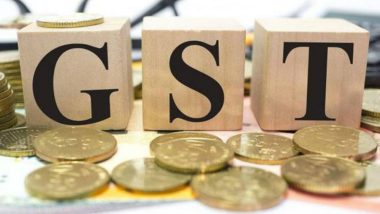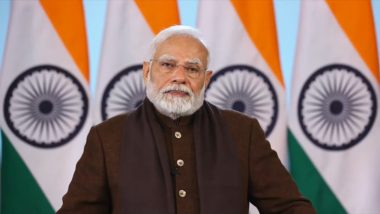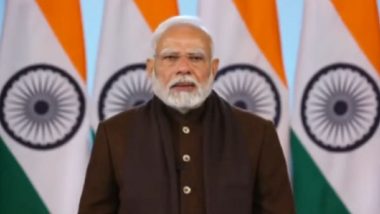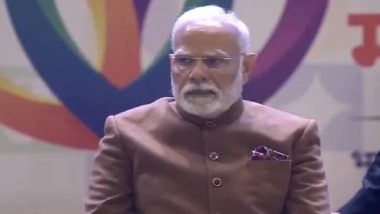New Delhi, December 18: Post the roll-out of Goods and Services Tax (GST),the tax rates on television sets, fridges, washing machines and other commonly used household appliances have dropped from 31 per cent to 18 per cent, finds the report prepared by the Finance Ministry. The GST regime also lowered the taxes on air-conditioners and automobiles, the analysis finds.
On a day when Prime Minister Narendra Modi said that 99 per cent of items will attract 18 per cent or less tax, a Finance Ministry analysis of GST rates showed only 34 luxury and sin goods are left in the top 28 per cent bracket and even they had seen a reduction in effective tax post implementation of GST from July 1, 2017. GST Evasion of Rs 12,766 Crore Detected in April-November.
The GST has five tax slabs of 0, 5, 12, 18 and 28 per cent with daily essential items attracting 'nil' tax rates and some white goods, apart from luxury and sin items, placed at the highest tax rate.
The analysis showed tax incidence under GST, which amalgamated 17 central and state levies including excise duty and sales tax, on households items like television sets of up to 27 inches, refrigerators, washing machine, household electrical appliances such as mixer, juice and vacuum cleaner, geyser, fans and coolers and watches came down from 31.3 per cent pre-GST to 18 per cent.
The same on mobile phones came down from 18-25 per cent to 12 per cent and that on furniture to 18 per cent from 25-31 per cent. Similarly, on luxury goods, tax incidence on automobiles, cement, air-conditioning machines, dishwashing machines, digital cameras, video game consoles and monitors and projectors came down from 31.30 per cent to 28 per cent.
The tax on movie tickets costing more than Rs 100 came down to 28 per cent from 35 per cent previously, while 5-star hotel accommodation is taxed at 28 per cent as opposed to 30-50 per cent previously.
A meeting of the GST Council is scheduled for the weekend where further rationalisation of the items in the 28 per cent tax bracket is expected.
The GST not just made India one market by levying uniform tax rates on goods and services, it also did away with tax-on-tax prevalent in the previous system.
In the old system, the central government levied excise duty when a good was produced in a factory and the state governments charged VAT on top of this.
This meant that consumer not just paid VAT on the basic price of the good but also on the excise duty charged by the Centre.
With the introduction of the new indirect tax, that pattern has been eliminated. The GST is levied at the consumption end or when the final consumer buys the product or service.
(With PTI inputs)
(The above story first appeared on LatestLY on Dec 19, 2018 06:03 PM IST. For more news and updates on politics, world, sports, entertainment and lifestyle, log on to our website latestly.com).













 Quickly
Quickly




















